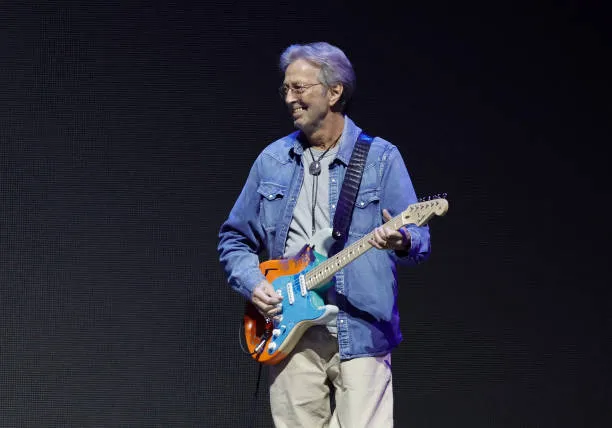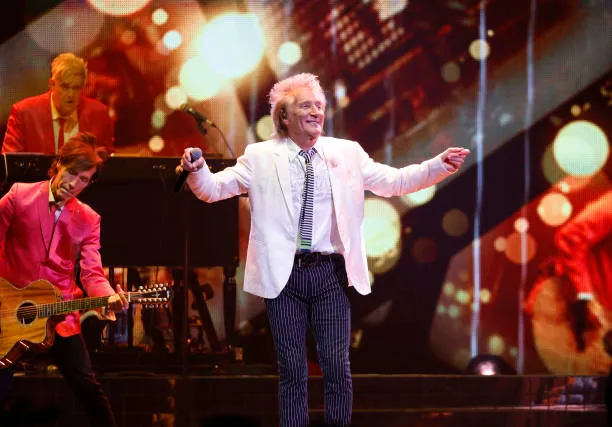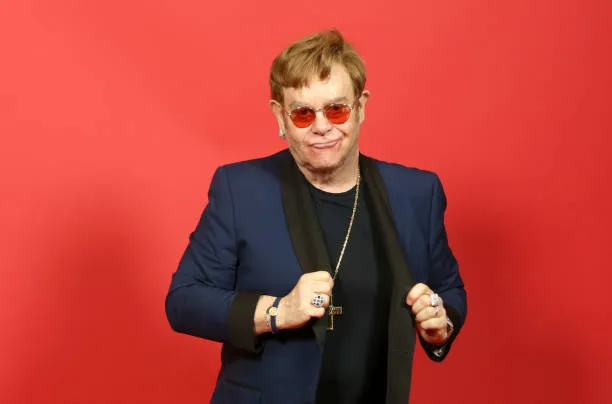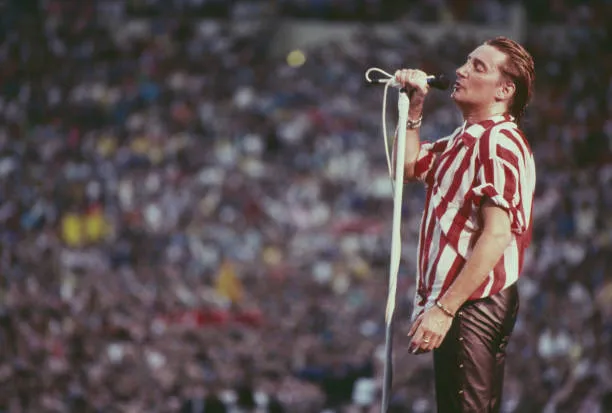About The Song
(Watch the video below)
John Lennon's "#9 Dream" stands as one of his most enchanting and enigmatic songs, offering listeners a surrealistic journey through the realms of dreams and imagination. Released in 1974 as part of his album "Walls and Bridges," this track encapsulates Lennon's fascination with the mystical and the mysterious, underscored by his unique lyrical and musical genius. Diving deep into the essence of "#9 Dream," one finds a rich tapestry woven from the threads of Lennon's personal experiences, his artistic influences, and the cultural zeitgeist of the 1970s, all of which contribute to the song's enduring allure and complexity.

At the heart of "#9 Dream" is the interplay between dream and reality, a theme that Lennon explores with poetic grace and a touch of whimsy. The song's genesis itself is rooted in the ethereal world of dreams. Lennon recounted how the melody, the arrangement, and even the nonsensical lyric "Ah! böwakawa poussé, poussé" came to him in a dream. This serendipitous birth from the subconscious mind is not merely an anecdote about the song's creation but also a testament to Lennon's belief in the creative power of dreams and their capacity to reveal deep truths and inspire art.
Musically, "#9 Dream" is a masterpiece of lush orchestration and intricate layering, which creates an almost hypnotic atmosphere that blurs the lines between wakefulness and sleep. The song features a rich palette of sounds, including strings, brass, and ethereal backing vocals that contribute to its dreamlike quality. Lennon's voice, both gentle and evocative, guides the listener through this sonic landscape, at times merging with the instruments to become another layer of the dream. The use of reverb and echo further enhances the song's otherworldly vibe, making it feel as if it's echoing through the corridors of the subconscious mind.

The lyrical content of "#9 Dream" is equally fascinating, featuring a mix of comprehensible and nonsensical elements that challenge traditional narrative structures and invite multiple interpretations. The phrase "Ah! böwakawa poussé, poussé," though meaningless in any conventional sense, evokes a sense of mystique and foreignness that transcends language barriers, speaking directly to the emotional and intuitive parts of the brain. This deliberate ambiguity serves as a reminder of the dream world's cryptic nature, where meanings are fluid, and logic gives way to feeling and intuition.
The number nine also holds a significant place in the song, reflecting Lennon's lifelong interest in numerology and its symbolic meanings. The number had been a recurring theme in his life and work, from the date of his birth (October 9) to the title of another one of his songs ("Revolution 9"). In the context of "#9 Dream," the number could be interpreted in various ways, from representing a cycle of completion and renewal to symbolizing the mystical or divine. This layer of numerical symbolism adds yet another dimension to the song's rich tapestry of meanings.

Beyond its musical and lyrical intricacies, "#9 Dream" is also a reflection of Lennon's personal journey and the broader cultural movements of the time. The early 1970s were a period of intense introspection and experimentation for Lennon, both musically and personally. The song's ethereal quality and exploration of dream imagery can be seen as part of the era's broader fascination with the mystical, the spiritual, and the boundaries of consciousness. This was a time when Eastern philosophies, meditation, and the exploration of altered states of consciousness were gaining popularity in the West, influencing artists and thinkers across various fields.

In conclusion, "#9 Dream" is a testament to John Lennon's genius as a songwriter and a visionary artist. Its blend of ethereal music, cryptic lyrics, and the interplay between the conscious and the subconscious mind invites listeners into a realm of endless interpretation and wonder. The song's creation story, rooted in the mystical experience of dreaming, speaks to the profound connection between our innermost thoughts and our creative expressions. As we delve into the layers of "#9 Dream," we not only uncover the depths of Lennon's artistic vision but also catch glimpses of the universal human experience—the timeless quest for understanding, meaning, and connection in the tapestry of our dreams and realities.
Video
Lyrics
Let's sing along with the lyrics!
So long ago
Was it in a dream?
Was it just a dream?
I know, yes I know
It seemed so very real
Seemed so real to me
Took a walk down the street
Through the heat whispered trees
I thought I could hear
Hear
Hear
Hear
Somebody call out my name (John)
As it started to rain
Two spirits dancing so strange
Ah! Bowakawa, pousse pousse
Ah! Bowakawa, pousse pousse
Ah! Bowakawa, pousse pousse
Dream, dream away
Magic in the air
Was magic in the air?
I believe, yes I believe
More I cannot say
What more can I say?
On a river of sound
Through the mirror go round, round
I thought I could feel
Feel
Feel
Feel
Music touching my soul
Something warm, sudden cold
The spirit dance was unfolding
Ah! Bowakawa, pousse pousse
Ah! Bowakawa, pousse pousse
Ah! Bowakawa, pousse pousse
Ah! Bowakawa, pousse pousse
Ah! Bowakawa, pousse pousse
Ah! Bowakawa, pousse pousse
Ah! Bowakawa, pousse pousse
Ah! Bowakawa, pousse pousse
Ah! Bowakawa, pousse pousse
Ah! Bowakawa, pousse pousse
Ah! Bowakawa, pousse pousse
Ah! Bowakawa, pousse pousse



